Maples are popular as shade, street, and specimen trees, and many people choose to plant them. The fall colors of maples are well-known; several species put on a show of oranges, browns, yellows, and reds every year.
Some trees may have leaves that are a combination of these hues. Many maples also have the capacity to withstand drought, which is a desirable characteristic. The genus Acer, which belongs to the plant family Aceraceae, has a large variety of species that are known as maple trees.
The majority of maple species are deciduous woody plants that range in size from small shrubs to towering upright trees with gigantic trunks.
Paperbark Maple
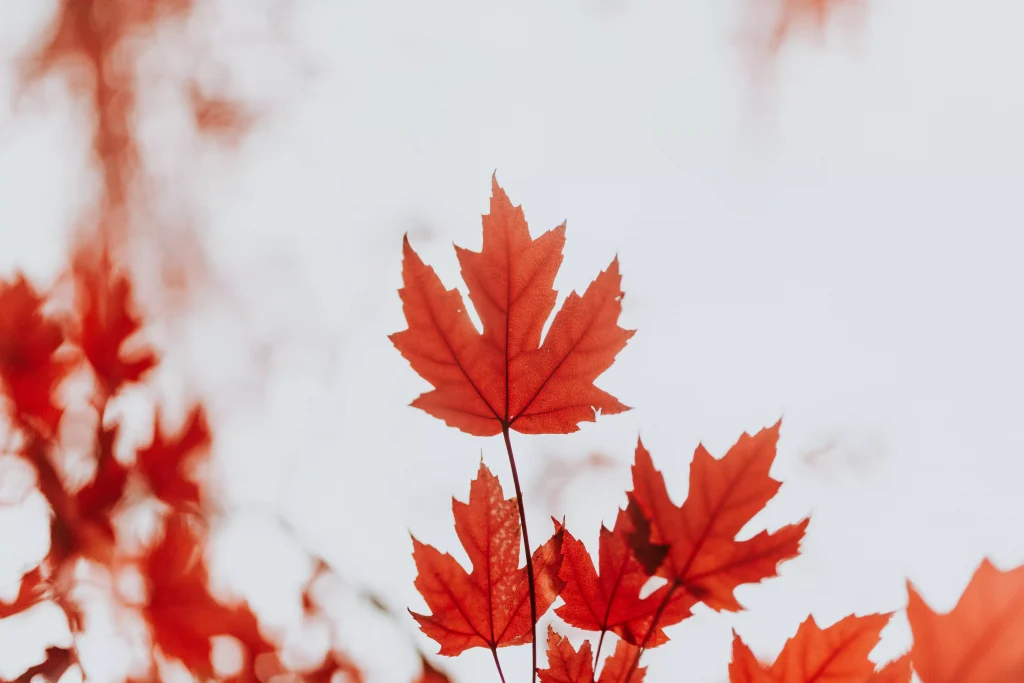
The cinnamon or reddish-brown colored bark of the paperbark maple peels away from the trunk even while the tree is young, making it a popular landscaping tree. This is a tiny, rounded tree with erect branches that are thin.
The upper surfaces of the three-lobed leaves are medium green, while the bottom surfaces are gray-green. In the autumn, the foliage changes to vibrant colors of orange and red. The paperbark maple is a great specimen tree for small settings, particularly when placed near a deck or patio.
The unique bark adds a lot of interest to the winter landscape. The varieties of this tree include Acer Saccharinum, Acer Palmatum, Acer Saccharum, and Acer Griseum.
Amur Maple
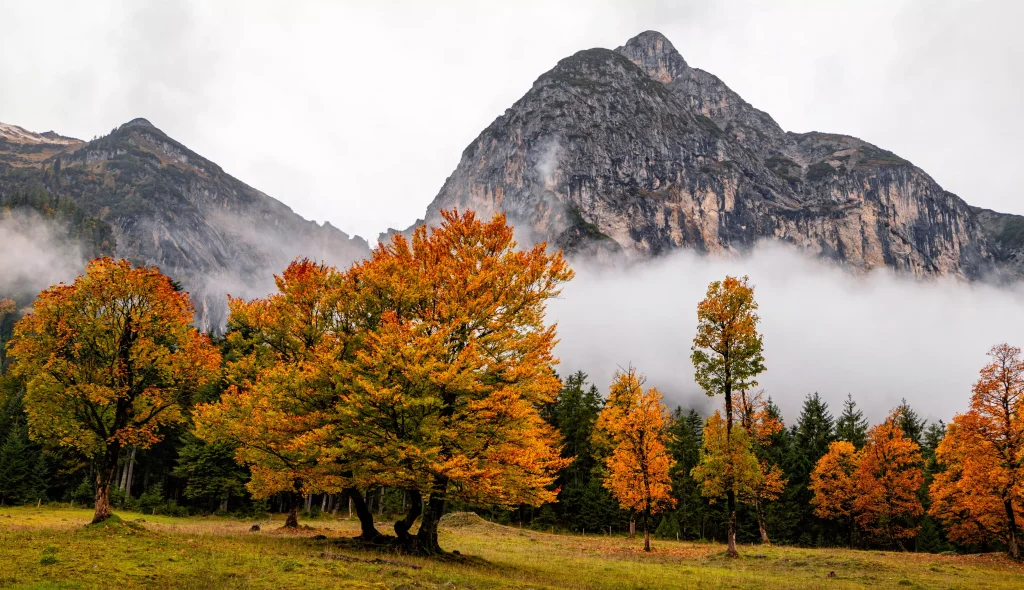
The Amur maple is a tiny tree with a thick, rounded crown that grows as a spreading multi-stem shrub or a small tree of the Acer genus. Acer ginnala is often referred to as Acer tataricum subsp. ginnala, which is a subspecies of Tatarian maple.
The popular name Siberian maple is also used for it. Fall leaf color is mostly red, with some yellows thrown in for good measure.
Both the foliage and fruit of the ‘Embers’ and ‘Flame’ cultivars exhibit particularly bright autumn hues. Drought resilience is a feature of the Amur maple after it has established itself.
Hedge Maple
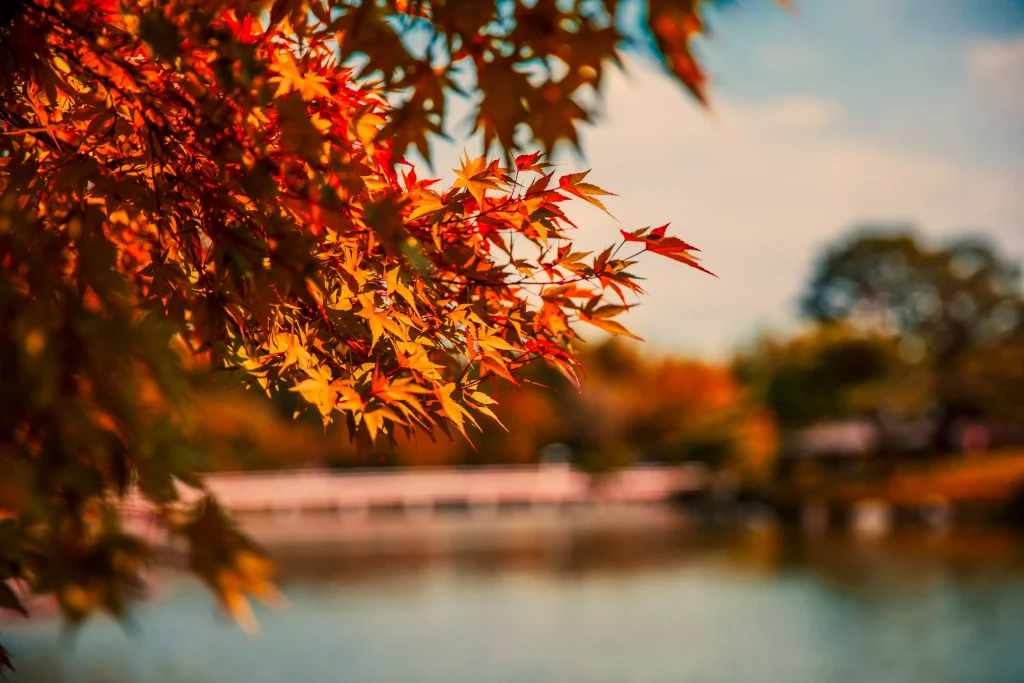
The hedge maple is an excellent option for the urban garden since it thrives in a variety of challenging conditions, including drought, acidic, alkaline, or salty soils, gloomy areas, and ozone-deficient regions. If the power wires are high enough, it may also be utilized as a street tree.
The hedge maple, also known as field maple or common maple, is a small to medium-sized tree that may be trimmed to act as a hedge plant in larger landscapes or used as a shade tree in small settings. In the autumn, the medium-green foliage becomes yellow.
Big Leaf Maple

The leaves on this tree are exceptionally enormous, as the name indicates. The iconic five-lobed, palm-shape leaves may grow over 12 inches broad, making it the largest maple.
Broadleaf maple and Oregon maple are two more frequent names for this tree.
An enormous, thick-bodied tree with wrinkled gray or reddish-brown bark, the big leaf maple is a gigantic, thick-bodied tree.
The foliage is burgundy in the spring, becoming green in the summer, then yellow or golden-orange in the autumn. This huge tree is a great shade tree for parks and large landscapes.
Japanese Maples

The Japanese maple is a common sight in Japanese gardens and bonsai collections. There are hundreds of varieties with green or red leaves that come in a range of forms and textures. The leaves have more lobes and a finer texture than other maples.
Colors in the fall vary greatly depending on the cultivar; yellows, red-purples, and bronze tones are all available.
A Japanese maple may be used to create a focal point in a variety of landscape designs. Dwarf cultivars are often utilized as decorative shrubs, and bigger cultivars are generally employed as tiny specimen trees. Heat and cold are equally harmful to this plant.
Even in zone 5, a prolonged cold spell in the winter may produce serious dieback, and it benefits from some shade in the southern portion of the range to avoid leaf scorch.
Trident Maple
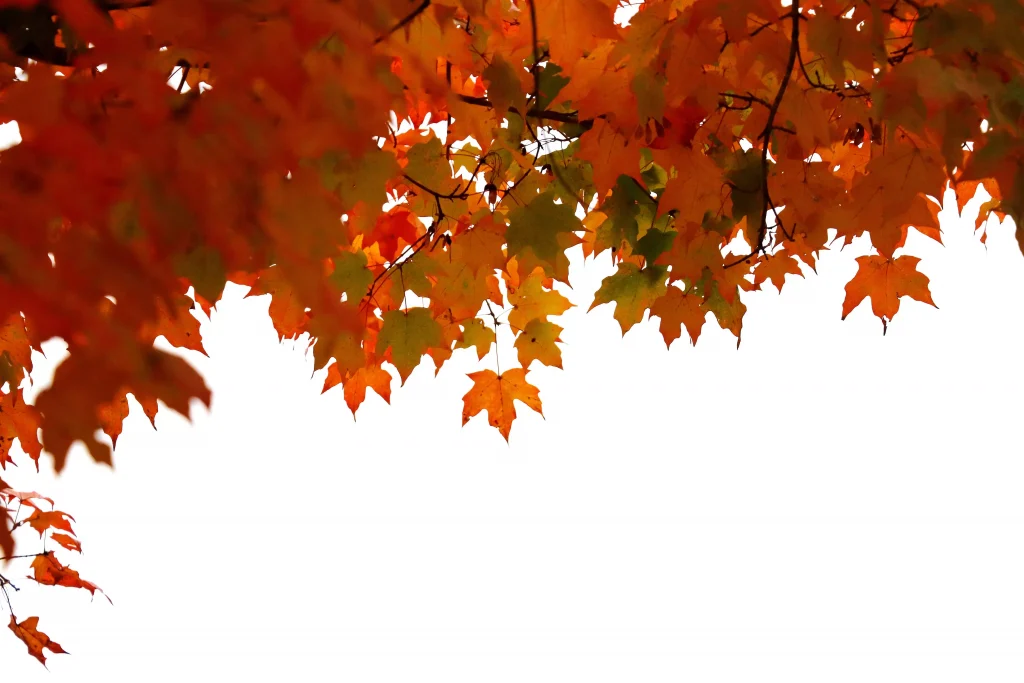
When it comes to soil, this tree is rather flexible, although it prefers wet, well-drained soil. The pH of the soil is important to consider since this maple grows best in neutral to slightly acidic soil. It’s a good idea to test the soil surrounding the tree before planting and again thereafter.
Until the tree is established, 15-20 gallons of water per week should be plenty to keep a trident maple happy for the first season. After that time has passed, you may water as required. Drought is tolerated by this species on occasion.
Rocky Mountain Maple
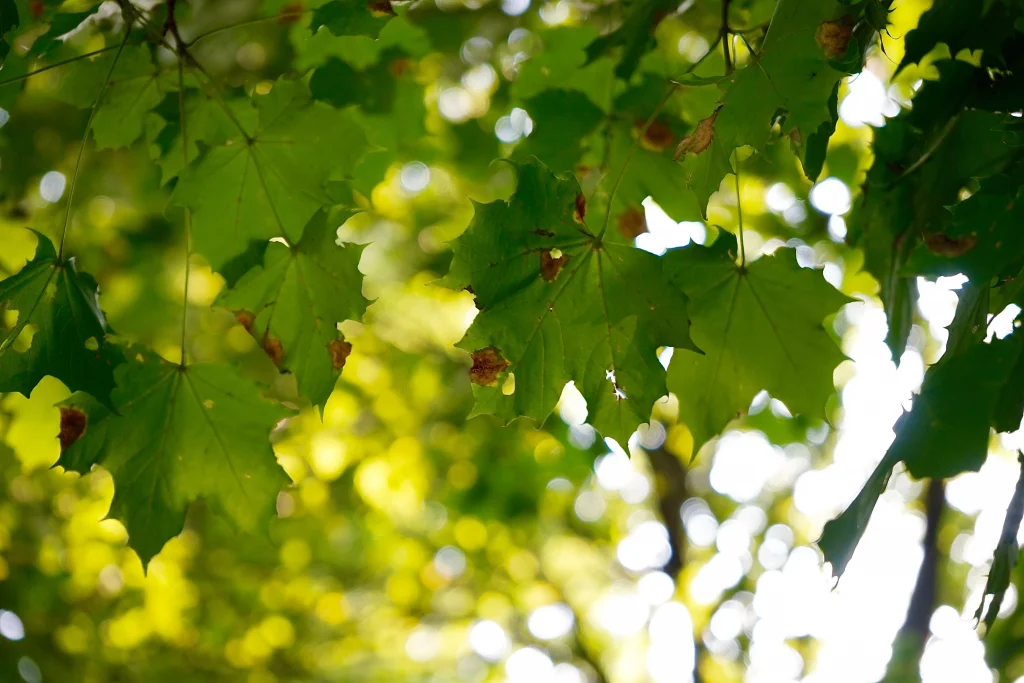
The Rocky Mountain maple is a tiny tree with several stems. It may be found growing in marshes, along stream banks, and on hillsides. The species thrives at altitudes ranging from 350 to 1,450 meters and tolerates a broad variety of moisture conditions.
Maple leaves are green on the outside and a pale greenish white on the inside, and they become a magnificent crimson color in the fall. The stalks of the leaves and the twigs are likewise crimson in hue.
Flowers: Before the leaves grow in the spring, little, dangling clusters of vivid red flowers bloom. It is a popular species because in the Green mountain even in drought conditions it keeps its red foliage or so-called spring foliage due to the partial sun it gets from the East.
Glory Maple

October glory maple is a cultivar of the more common red maple, Acer rubrum. These trees thrive in a wide range of environments and provide stunning fall color as well as brilliant red, conspicuous fruit. It’s difficult to go wrong with this type as a sturdy, all-purpose tree.
With good reason, the October glory maple is one of the most popular decorative trees for planting in private yards, roadsides, and parks. As the name implies, its greatest distinctive feature, flaming red fall leaves, starts in early October.
The stunning crimson hue lasts for weeks, even after many of the nearby species have dropped their leaves.
Clusters of glossy, brilliant red fruit accompany the beautiful foliage, attracting a variety of bird species to your yard in contrast to the normally drab brown keys most maples produce. The scientific name is black maple. Smaller types of this species have a golden yellow color.
Manchurian Maple
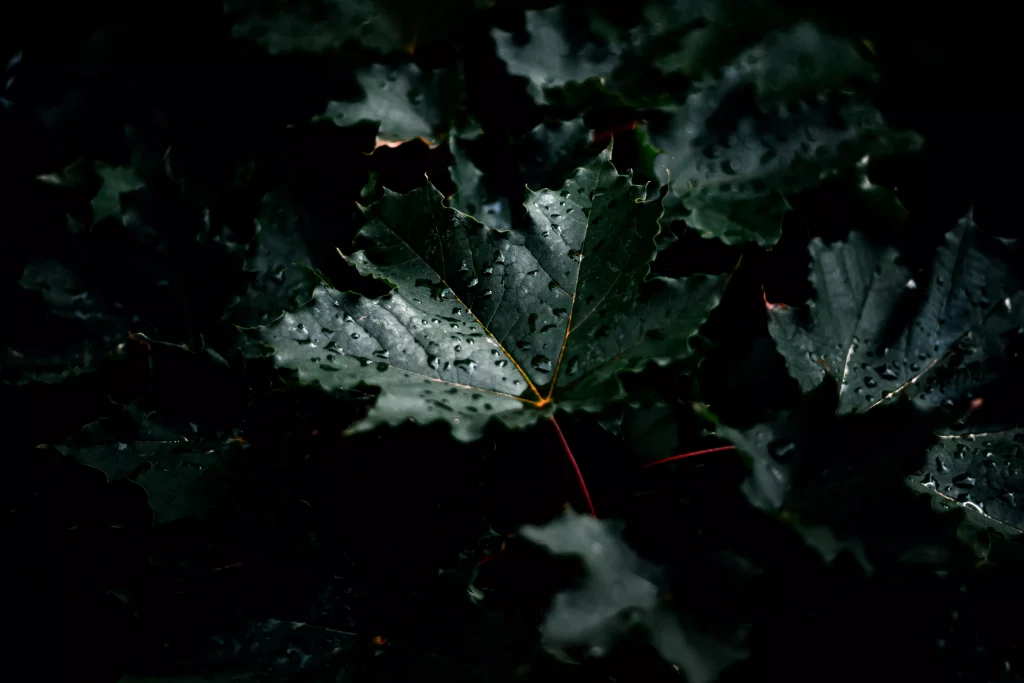
The Manchu Striped Maple is a tiny deciduous tree native to Asia and Russia in the Sapindaceae (soapberry) family. In Latin, the genus Acer means maple. It may grow to be 20-35 feet tall and up to 25 feet broad. In the spring, little yellow-green blooms develop in racemes, followed by winged samara in the autumn.
Often called the bigleaf maple similar to its variety the Acer Macrophyllum, which is a species of maple trees that is used in maple syrup when the tree or the vine maple catches full sun.
Boxelder Maples
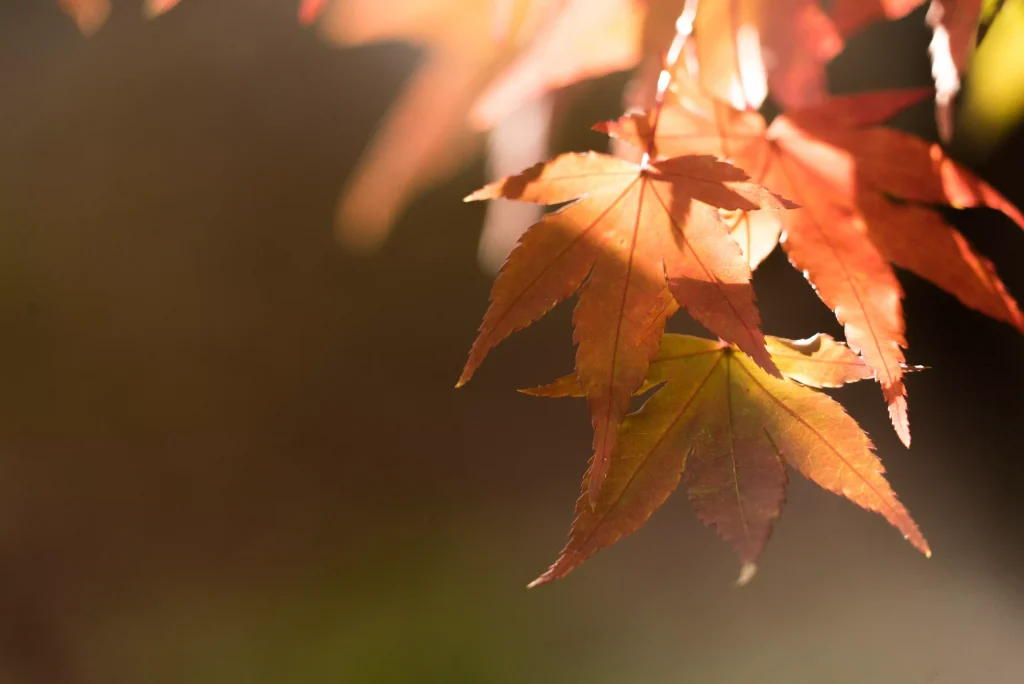
The ash-leaf maple, also known as box elder, is a small to medium-sized tree that grows to be 35-50 feet tall, with a short trunk, widely spreading branches, and light green leaves. Because of its uneven growth, growing base, and complex leaves, it stands out among other maples.
Fall foliage is frequently unremarkable. Due to its botanical name and its variety the Acer Pseudoplatanus, the leaf shape of the boxelder has a partial shade in contrast to common landscape trees.
In the United States, in the growing season, the most popular maples next to the Boxelder are the Crimson King and the Silver maples.
To read interesting facts about Maple Trees, check out the link below:
Read more articles in the Lifestyle Category
